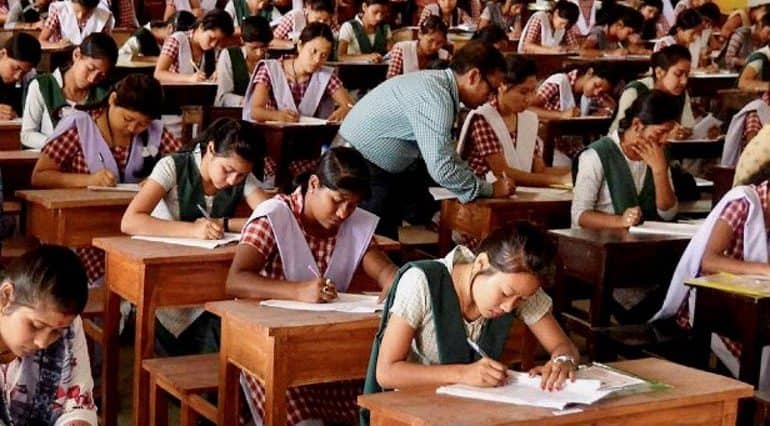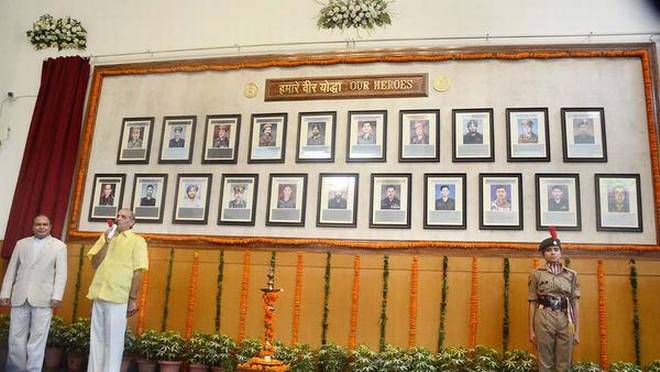If the multi-spheres of pollution are humanity’s most significant survival battle today, then the planting of trees is claimed to be the biggest contributor in cleaning the air which serves as the life valve of every species. Daily reports allude to the deteriorating air, aquatic, and land quality owing to a multitude of reasons. Luckily, this World Environment Day, new research about countering air pollution has been discovered.
A team of researchers from the University of Delhi has identified five trees which might be instrumental in tackling the plight of the degraded quality of air. Plants are known to act as air purifiers by sucking up and trapping harmful gases and particulate matter. The team comprises of 16 members – three assistant professors and 13 students – who collected data on air pollution and the dominant tree colonies from five areas – Mandir Marg, Civil Lines, Anand Vihar, RK Puram, and Punjabi Bagh – over a period of a year from September 2015 to September 2016.
According to their research, certain trees with inherent qualities contribute in cleaning the city’s air more than others. Dr. Vijay Thakur, Assistant Professor of Botany at Shivaji College, comments, “But not all plants have the same ability to bring down pollution and clean the air. Our research shows that there are some trees such as peepal, saptaparni, and jamun which help to clean the city’s air more than others.”
“We compared the levels of five pollutants — PM2.5, PM10, NOx, SOx, and ozone — in these areas as measured by the monitoring stations and then studied the dominant tree colonies,” he added, when speaking to a popular national daily. The parameters considered for the study included the tree’s height, canopy size, leaf size, shape and orientation of leaves, leaf characteristics, dust accumulation, and other factors that were studied in the laboratories.
The results found that areas such as Mandir Marg and RK Puram have lower pollution levels as compared to Anand Vihar and Civil Lines, which are highly polluted areas. These findings conformed to their hypothesis wherein areas which were dominated by trees such as peepal, jamun, devdar, champa, and saptaparni registered lower levels of pollution. Civil Lines, which has trees such as Vilayti Kikar, on the other hand, observed high pollution levels.
“We found that these five trees were able to trap more pollutants, including PM2.5 and PM10, than others. Their leaf structures were such that they helped to trap more dust and other pollutants,” said Dr. Kumar.
Concretisation, infrastructural toll, falling groundwater, termites, bugs, and ageing continue to be the biggest threats to the health of trees occupying the Delhi region. According to statistics, 15,000 trees were felled in Delhi in the last three years for development projects, and there is currently 299.77 sq. kms. of green cover in the national capital.
The project, in addition to testing the ability of a tree to absorb pollution, also studied the presence of birds as bio-indicators of a healthy tree. “It was found that some trees, such as the peepal, not just helped to bring down pollution levels but also supported a wide range of bird species. The grey hornbill and brown-headed barbet were found in large numbers in areas which were dominated by trees such as peepal,” said Dr. Virat Jolli, Assistant Professor of Zoology at Shivaji College.
The project titled “Amelioration of Air Quality in Urban Ecosystem of Delhi – Role of Avenue Trees” was mentored by the ecologist and emeritus professor of Centre for Environmental Management of Degraded Ecosystems, CR Babu. Funded by the University of Delhi, the findings will soon be published in a peer-reviewed journal.
Feature Image Credits: TheHealthSite
Saumya Kalia
[email protected]













